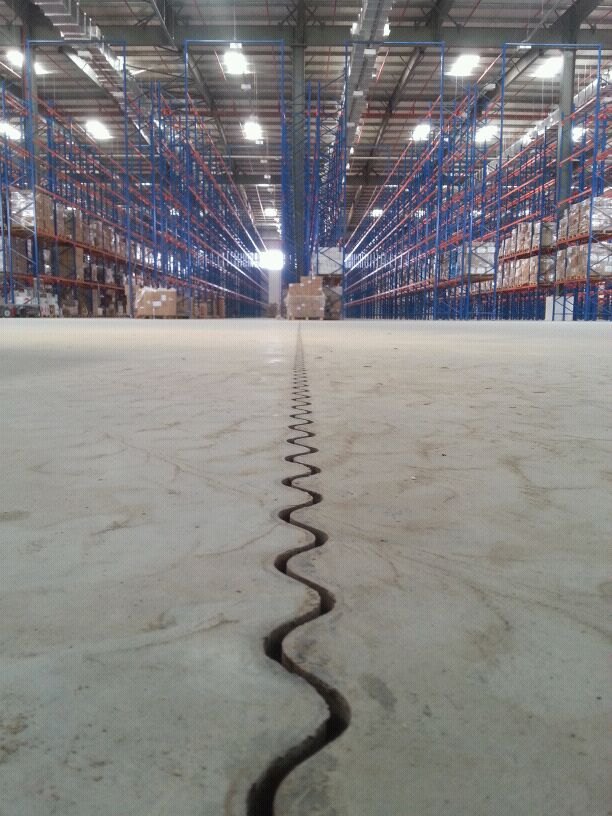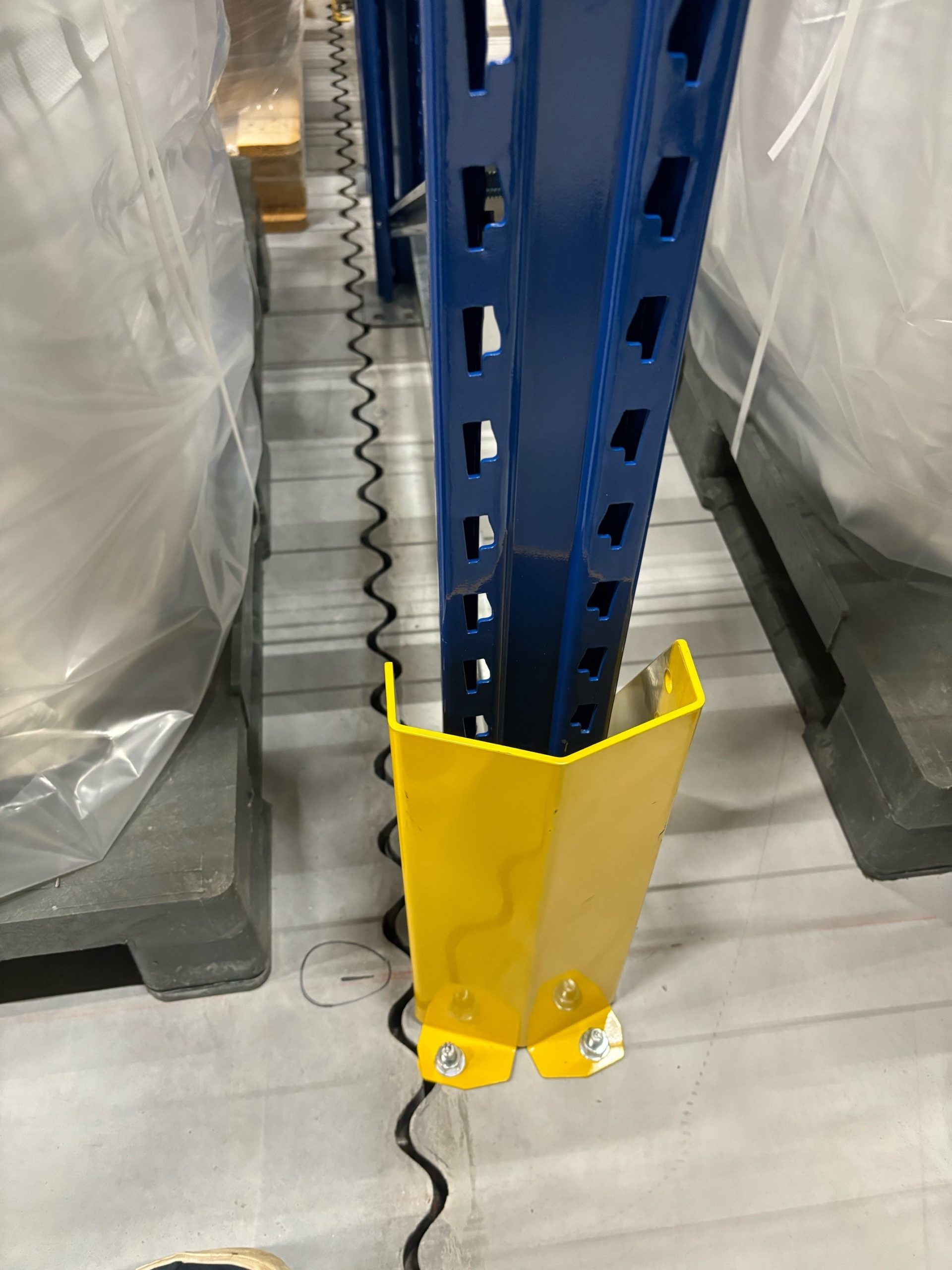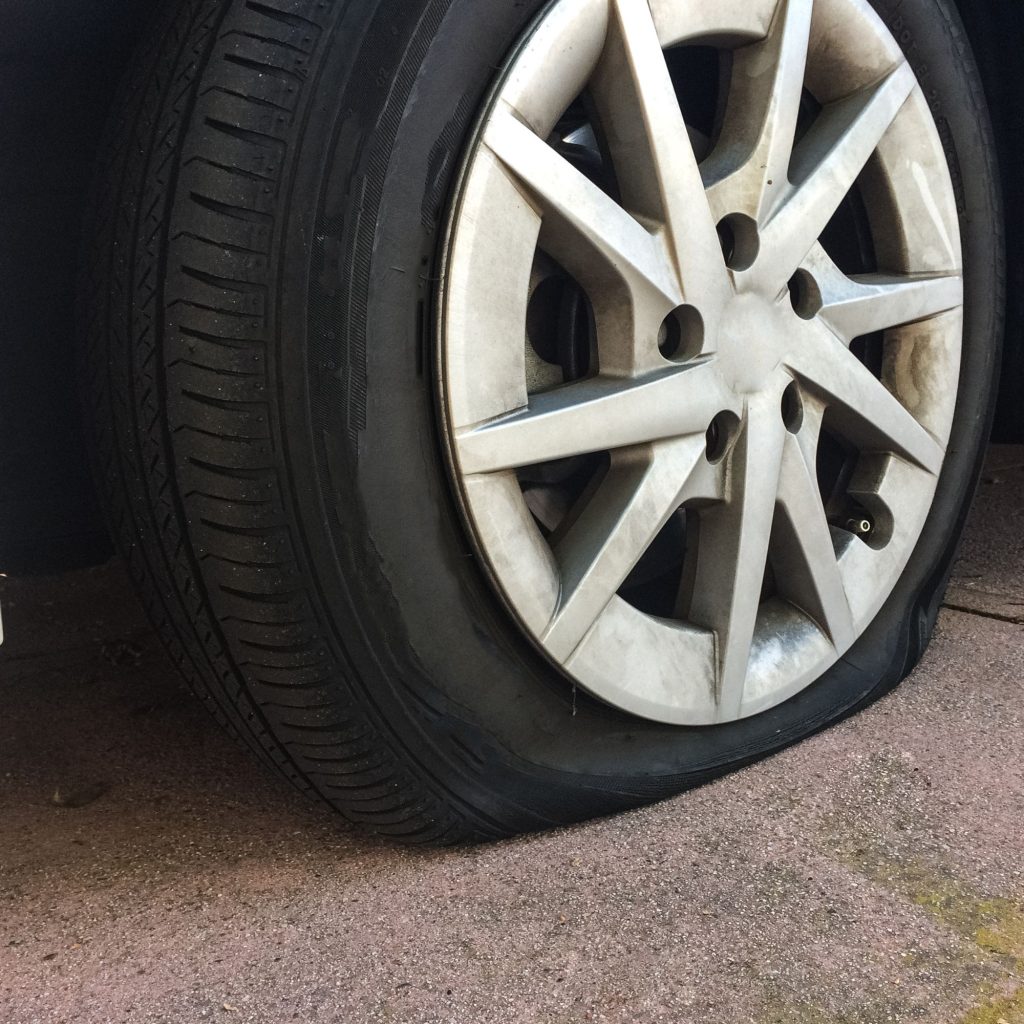Would you accept a new car with worn-out and broken tires?
This question seems so obvious, doesn’t it? Well, the proposal is to ask ourselves this question with other professional services we receive, for example, in construction.
Let me explain…
This is the situation we face with a large part of the concrete floors delivered in Spain. Are they done correctly? Do they meet the final expectations? Under what criteria are the calculations made? Are the calculations delivered to promoters/investors/owners approved? What budgets do investors/promoters/owners offer to contractors? Do contractors and construction companies offer warranties and fulfill them?
Are concrete floors taken seriously or is it simply pouring with some fiber, placing a joint, and that’s it?
When I started in this market in 2006, it was rare to offer metal fibers to reinforce concrete and avoid the use of steel mesh in the concrete floors, in a world where steel mesh was the norm. Nobody recognized it. The promoter bought and paid per square meter of steel mesh that ended up directly in the trash, as the concrete floors cracked. In addition to the steel mesh, most people didn’t know how to make shrinkage cuts, much less between pillars. We found concrete floors with steel mesh, poorly made cuts, and expansion joints that break.
Whose responsibility was it? The paver’s? The site manager’s? The technical direction? No one took responsibility.
Today, in 2024, we find ourselves in the same situation. Works are carried out with fibers, cuts, and joints, everyone knows how to make them, and they are perfect, but we are still in the same situation: fibers without any certification fibers are offered, dosages without calculations, placement of joints that break. The excuse is the price and not the cost. You are given a new car with worn-out tires, there is no budget for new and approved tires. The dosage of the fibers must be accompanied by a TR 34 4th Edition calculation, calculation of static, dynamic, and uniformly distributed loads, as well as a design of cuts for shrinkage joints. Working joints must be accompanied by a TR34 4th Edition calculation.
In most cases, dosages are being delivered based on experience (often incorrect) just to meet an excessively low or undervalued budget. Or an adequate budget is offered by the owner and executed poorly, either due to ignorance, poor materials, or failure to follow calculations based on approved engineering programs, such as the TR34 4th Edition.
Too often, the technical directions of construction companies have had to rectify their dosages because their calculations were poorly done: oversized shelves, inadequate screed thickness to support expected loads, working joints that cannot withstand the planned load.
Where is the mistake? Maybe it’s a flawed system, but it’s not mandatory to be part of it.
We conclude our commitment to excellence and safety in every project we undertake. In our approach, quality and precision are fundamental, which is why we always work with TR34 4TH EDITION calculations, ensuring the stability and durability of each project. Additionally, the use of our BARCHIP products and HC JOINTS joints adds an additional layer of assurance, reinforcing our promise to deliver superior results in every job we do.

PHOTO Caption: HC JOINTS joints, excellence, quality, and safety




